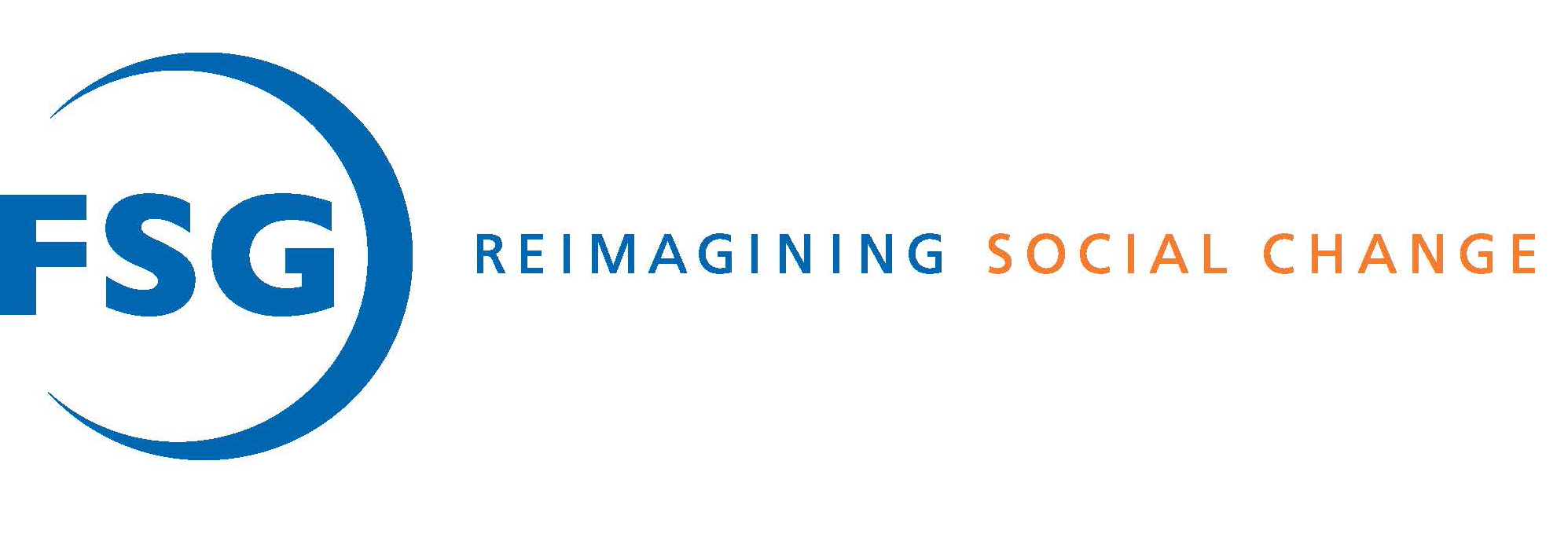State of the Low-Income Housing Finance Market 2018

State of the Low-Income Housing Finance Market 2018
May 31, 2018 /3BL Media/ - Rapid urbanization and the lack of planned affordable housing in India have led to a shortage of 10–12 million urban homes and 26–37 million urban households residing in informal housing, often in poor living conditions. The bulk of these households are low-income households working in the informal sector, who cannot obtain housing loans from banks and traditional housing finance companies, which provide loans on the basis of reliable income documentation.
A new group of “Affordable Housing Finance Companies” (AHFCs) is now addressing this gap and serving low-income, urban informal customers using an innovation pioneered in India—field-based credit assessment. These companies have grown from a combined loan book of ₹1,000 crores ($200 million) in March 2013 to over ₹27,000 crores ($4.1 billion) now, and have facilitated the ownership of more than 230,000 affordable homes.
Due to the availability of equity and debt, and potential for geographic expansion, this market is likely to continue to grow rapidly. Our research examines the current state of the market and provides recommendations for facilitating greater scale so that even more households can to own or improve their homes. The report also includes a pragmatic set of recommendations for government to address issues, ensure robust growth and facilitate serving currently unserved/underserved segments.
Key Takeaways:
- Because many low-income customers in India (earning $230-$770 a month) do not have formal documentation of income, AHFCs developed and proved a field-based, detailed credit assessment and verification process that could reliably assess income, assets, and repayment capability. The National Housing Bank (the regulator for housing finance in India) has played a strong role in nurturing this new model and there are now 26 such AHFCs playing in the market.
- AHFCs have primarily financed independent units (“self-construction”) and homes in small multi-unit buildings built by informal developers. In addition to providing low-priced units for potential homeowners, this activity leads to both employment generation and improvement of rental stock.
- The overall industry shows robust growth, with low NPAs, but banks/larger housing finance companies take over loans from the smaller AHFCs which do the fieldwork to acquire customers, without any compensation to these smaller AHFCs.
- There are opportunities to use housing finance to improve living conditions for households living in slums and for customers approved for the Beneficiary Led Construction scheme of the PMAY. These segments remain unserved by housing finance, despite interest from lending organizations.

